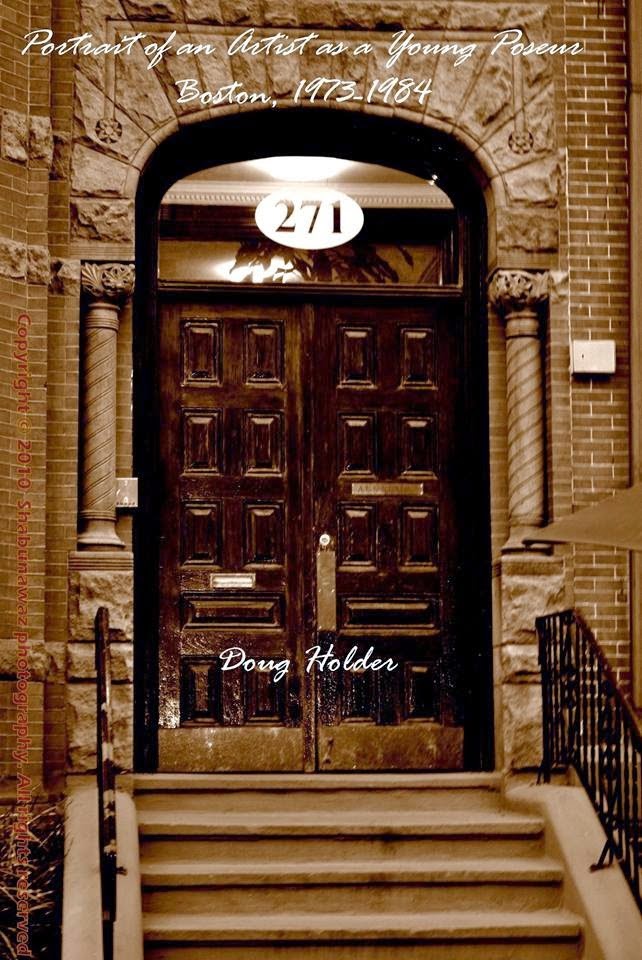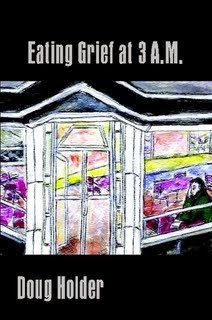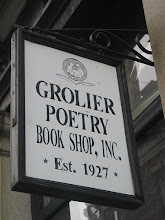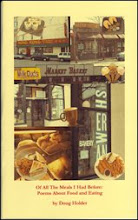The Chintz Age: tales of love and loss for a new new york. ( Cervena Barva Press, Somerville, Mass. 2015)
Review by Doug Holder
I was just having breakfast with an
artist acquaintance at the Bloc 11 Cafe in Somerville, Mass, when the
subject turned to where we would move to if we were forced out of our
city. We thought of isolated burgs like North Adams, an old mill in
Lawrence, far flung nowherevilles in the western part of the state.
But of course none of these places are like our hometown of
Somerville, where both of us have lived for many years. Across the
country artists, low income folks, and others are being forced out of
their communities due to the hungry tendrils of gentrification.
In “ The Chintz Age...”
(published by Somerville's Cervena Barva Press), this short story
collection gets deep into the heads of punks, beatniks, hipsters,
junkies, derelicts, artists and others as they hold on to the threads
of their community with its bodegas, bookstores and all night cafeterias that once heavily peppered the streets of New York
City. The author Ed Hamilton knows of what he writes. Hamilton, the
author of “ Legends of the Chelsea Hotel” is still a resident of the Chelsea, known by many as the last bastion for bohemians. It is
now gutted and a shell of its former self—as it waits to be turned
into a boutique hotel.
Hamilton doesn't abandon his
characters, and let them vanish into the ether. They reinvent
themselves. They take their careworn carcasses and prop themselves
up. Hamilton, in his title story “The Chintz Age,” writes
about a middle-aged East Village photographer being forced from her
long time apartment. She is long past the beauty and
promise of her youth, but she is able to rekindle friendship and more
with a figure from her past—a minor league comic book artist now
gone to seed. Here, with a tender yet brutal honesty Hamilton
describes their tryst:
“The battle-scarred warriors looked
at each other for a long, silent moment. Then they drew themselves
together—all the years dropping away as the barrier between them
dissolved. They fumbled like two teenagers, kissing and struggling
out of their clothes in a car because there was nowhere else,
embarrassed by their middle-aged bodies, their lumps and cellulite,
their wrinkles and scars and age spots and sagging skin. It had been
a long time for both of them and neither was young any longer, though
they felt reborn in those brief few minutes, the lingering sin of
betrayed idealism washed away in the surge of quickening blood
through their freshly supple limbs, and rapidly-firing brains....When
they grasped each other they reached through time to grasp, as well,
the final shreds of their forgotten selves.”
In his short piece “ Fat Hippie
Books,” a long-time East Village used bookstore owner, an
unapologetic acolyte of all things Kerouac and the Beats is being
forced out from his hole- in- the- wall bookstore. He manages to find a
smaller space and some peace of mind albeit with compromises:
“ His life
underground would represent a winnowing, a stripping down, a
belt-tightening as he reduced his desires to match his straightened
circumstances... He would not need to make as much money... He would
lead a smaller, more compact life, subsisting on bare necessities and
nourished by the strength of his soul, waiting for the cycle to come
back around, enduring middle-age, old age, even death if need
be—waiting to take his place in a better world that was ready at
long last to listen to him when he emerged lean, and wiry, a Holy
Barbarian, a wild-haired prophet of Beatitude, from the solitude of
his urban grotto.”
And Hamilton is a keen observer. A
master of the telling detail. Here he puts a microscope to the
archetypal New York City dive bar; a place where a long gone-to seed
failed writer takes refuge in:
“ Past the thin corridor that
contained the bar, its row of stools, and not much else, the room
opened up sufficiently to hold a pool table, a row of booths along
the wall, and a scattering of wood tables and chairs. The back part
of the space was dimly lit by a beer light over the pool table and by
tiny red lamps on the wall above the booths. There used to be a steam
table along the wall of this Ninth Avenue dive, but that was long
gone. Instead, on a card table beside the bar sat three warming urns.
Taking a plate from the stack, Theo lifted the three lids in turn:
chicken wings in a reeking garlic sauce, disgusting-looking stuffed
mushroom caps( shriveled, probably poisonous), and frozen pizza
squares with crisp little pepperonis on top.”
Hamilton has an uncanny ability to show
how the inroads of time, age, etc.. forces choices in our lives. His
characters find some sort of redemption, and keep on keepin' on.
Highly recommended.
Highly recommended.

































No comments:
Post a Comment